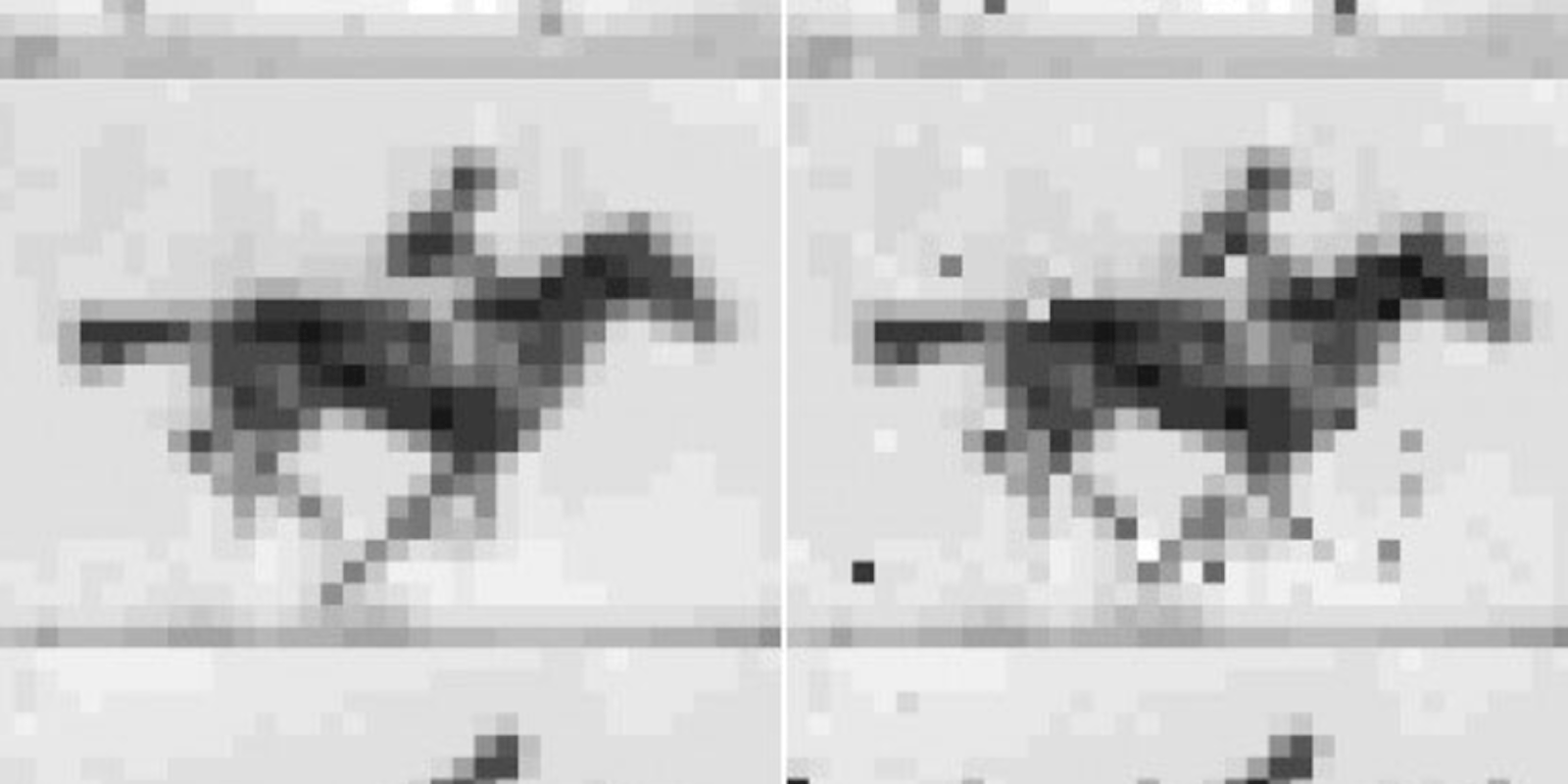Scientists figured out a way to insert a GIF into the DNA of a living being—that’s right, internet culture is literally becoming a part of our DNA.
In a recent study published to Nature, Harvard researchers say they placed animated memes into E.coli. The scientists used the bacteria’s immune system to store the picture of a hand and short clip of a man riding a house into the microorganism.
The bacterial system they used to accomplish this mind-bending feat is nothing short of remarkable. CRISPR, or clustered regularly interspaced short palindromic repeats, is a bacterial defense system that cuts sections out of an incoming virus’ DNA and pastes them into its own DNA. It then stores all of that information, and creates its own memory log from past encounters.
With CRISPR, scientists can take specific sections out of DNA, edit them, and paste them back in. The Broad Institute, an MIT and Harvard genomics entity, says the ability for researchers to permanently modify genes in living organisms could one day help them correct mutations in the human genome and even treat disease.
H/T TechCrunch


